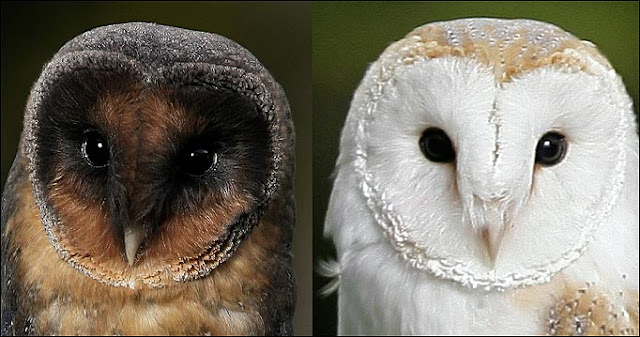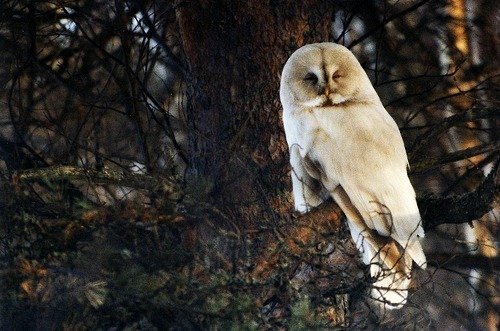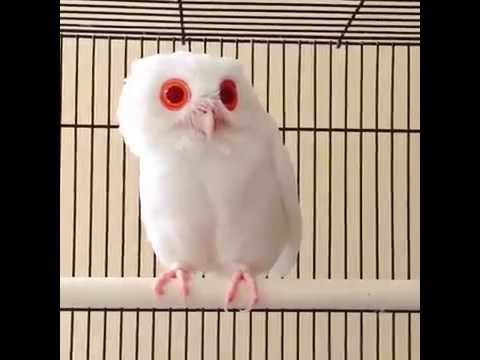On 12/13/2014 at 7:26 AM, bobericc said:
Incredible! Beautiful mantis! let me know if anybody IDs it, I love a good mystery

I'm willing to hazard that any creature that forms pigment and passes genes can be born with albinism, and that it can occur just as easy in a mantis. Even PLANTS can be albino, as detrimental as it can be for them, and plants have many points (four or more, iirc?) during reproduction where they check for mutation! Albinism's one and only disability would be to sight - many albinistic creatures suffer from dayblindness or light sensitivity, which for most creatures causes short-sightedness, but otherwise albinism or has no inherent effect on the creature aside from a heightened potential to get dermal cancers (not a problem for bugs) due no melanin protecting them. So, saying they'd be too weak to hatch from the ooth would give me some doubts - it'd be the nearly same as saying that a pale violin will die sooner than a dark violin. Its all pigment, its not like you're messing with the actual chitin of the mantis! Perhaps it would be targeted by other nymphs as it is easier to spot and may look more like a prey item, maybe its too bright for them to see correctly in, but there are no inherently fatal mutations due to albinism. Usually albino creatures have genetic deformities due to reckless inbreeding caused by humans to gain the albino standard among offspring, but definitively albinism as a condition does not and never will cause death or overall suffering to the animal, though there will be always consequences for not having any melanin at all. Again, inbreeding kills, albinism doesn't.
Either or, albinism has some close cousins when it comes to colour mutation - namely leucism and melanism, a decreased and increased amount of pigment respectively. I think the quoted mantis might be a leucistic mantis and not a true albino, which is a phrase thrown around on the internet a lot, unfortunately! Im not an expert on bugs (as there seems to be a stark lack of scientific inquiry into it) Since albinism is a lack of all pigment, the hue of the hemolymph would show through from under the chitin - given that the chitin isnt too thick. This would make the mantis stark white, as hemolymph does not carry a pigment (i think? it does have hemocyanin in it right?) In animals, this causes the pink/red/purple noses, eyes, and pads, and characterizes them as a true albino. Leucism, on the other hand, is extremely similar to albinism but there is still some pigment left visible on the creature - causing ghostly, cinnamon or tan markings. I cant really see the eyes too well in the mantis video, but my opinion comes from the brownish markings on the abdomen and near the knees. Then again, many "albino" bugs tend to be yellow or show these brown spots... so who knows!
for a visual example (since text can be a bit wobbly) heres some owls!
melanistic barn owl & a typical barn owl. note the dark markings where there are none in a typical barn owl.
Leucistic great grey owl (note the "ghostly" cinnamon markings) and a typical great grey owl
true albino european scops (note the pink flesh and red eyes) and a typical european scops.
And, to lay things to rest, a leucistic being would have the same conditions as an albino animal, though not as severe. Melanistic animals on the other hand tend to be more healthy than their paler counterparts, should memory serve. And, since I know that there will be someone popping up to mention that mantids do not have melanocytes: consider
this article. A "missing link" relative to the mantis, who's entire species is considered albino. So reasonably, yes, mantises can be albino in my opinion, though you are much, much, MUCH more likely to find a leucistic individual as true albinism is very rare and, well, notably hard to diagnose in arthropods.
Without these crucial mutations, animals would not be able to evolve their camouflage very effectively, now would they? Think about it. If it was fundamentally detrimental to change your markings, once your camo goes out of style your whole species is hooped. And to boot, mantids are under incredible pressure to be healthy, any living albino mantids are probably the cream of the crop anyways. How do you think doves became so white, aside from an evolutionary gradient? Even in captivity, if an albino mantis wasn't strong enough to survive, it certainly wouldn't pass its genes without human intervention.
If you want to keep reading about marking mutation, try googling "piebald", "abundism", "chimerism", "vitiligo" and "somatic mutation" followed by any sort of animal. Incredibly interesting stuff! Of course, i'm totally down to read if anyone has anything else to say - if you haven't already noticed, this stuff fascinates me! im always eager to learn about it.








































